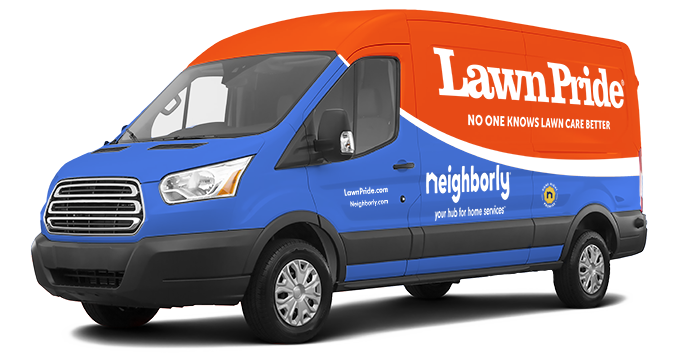Not all invasive plants are weeds, but once any invasive plant takes hold in your lawn, it's challenging to get rid of them. While they have their differences, they both spell bad news for your lawn. They both will compete with your grass for nutrients, water, and sunlight, and the invasive weeds can cause more damage because of their aggressive growth.
Let's dive into the distinctions between non-invasive and invasive lawn weeds, offer examples, and provide strategies for managing and preventing these plants from taking over your lawn.
What Are Invasive Weeds?
An invasive weed isn't native to the current ecosystem, and if it's introduced, it can cause environmental harm to the rest of the plants. Many invasive weeds become successful because they produce a lot of seed and thrive on disturbed soil. These plants can be carried long distances. Once they germinate, they grow so densely that they can eliminate the rest of the plants around them.
Some common invasive weeds include:
- Crabgrass: This is an annual weed that thrives in hot weather, spreads quickly, and creates ugly patches in your lawn.
- Nutsedge: This perennial weed grows taller than regular grass and creates spiky patches that become unmanageable.
- Japanese Knotweed: It looks more like bamboo, multiplies, and is challenging to remove once it's started growing.
How Do Non-Invasive Weeds Affect Your Lawn?
While non-invasive weeds are native to the area, they can still grow in your lawn. They tend to be more localized and might not spread aggressively, but non-invasive weeds will steal all of your grass's water and nutrients.
Some examples of non-invasive weeds include:
- Dandelions
- Clover
- Plantain weeds
- Chickweed
- Wild violets
- Ground ivy
With consistent lawn maintenance, you should be able to keep non-invasive weeds under control in your yard.
Identifying Invasive Weeds in Your Lawn
Detecting invasive weeds early on is the most crucial key to preventing them from taking over. Invasive weeds grow faster than your grass, and you'll start to notice some of these signs:
- Seasonal growth patterns: Some invasive lawn weeds, like crabgrass, start growing only in warm weather. However, Japanese knotweed can grow at any point in the year.
- Crowded patches: If you start noticing a large cluster of plants in the middle of your grass, you could have an invasive weed problem.
- Rapid growth: Invasive weeds grow and spread quickly, so look for areas where they are growing faster than the grass around them.
Lawn Damage Caused by Invasive Weeds
Invasive weeds in your lawn can ruin its aesthetics and cause real, long-term damage. They have a more extensive root system than your grass, leaving the grass malnourished and dehydrated. A weakened grass also makes your lawn susceptible to more weeds, whether they're invasive or not. It also leaves your lawn vulnerable to pests.
Prevent and Control Invasive Weeds
Proper mowing is the key to controlling these invasive lawn weeds. Cut your grass between two and a half to three and a half inches high to prevent these seeds from getting into the soil and spreading. If you cut the grass too short, the weeds will have more areas to exploit.
Develop a fertilizing schedule to make your lawn more resilient against weeds. Routine fertilization gives the grass the nutrients it needs so it can suppress weed growth. You can also give your grass a needed boost by overseeding to fill in bare spots.
If none of these preventative tips are working, consider herbicides. Chemical herbicides can get rid of stubborn and invasive weeds, but you can also use eco-friendly options like vinegar or corn gluten meal.
Call The Experts for Invasive Weed Control Service
Regularly inspecting your lawn can help you identify issues before they become problems. If you are still unsure of what to look for, turn to a residential lawn care service like Lawn Pride®. Contact us today. Our services include managing both invasive and non-invasive weeds to maintain a healthy and beautiful lawn, and providing customized weed control plans tailored to your lawn's soil type, grass species, and climate. We also offer ongoing maintenance that includes inspections, fertilization, and prevention strategies to keep your yard weed-free.
All our work is backed by our Neighborly Done Right Promise®, which ensures your satisfaction. Are you ready to fight against weeds? Request a free estimate from us today.
This article is intended for general guidance only and may not apply to every situation. You are responsible for determining the proper course of action for your property and your situation. Lawn Pride is not responsible for any damages that occur as a result of any advice or guidance derived from blog content. For the most accurate guidance, contact an independently owned and operated Lawn Pride for more information and a professional on-site assessment.
